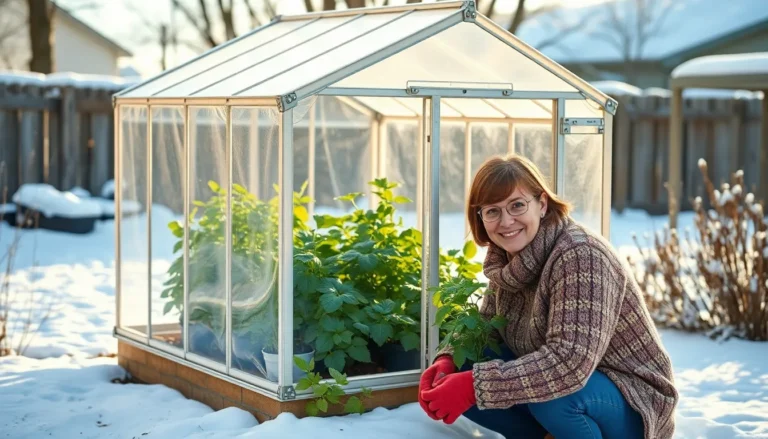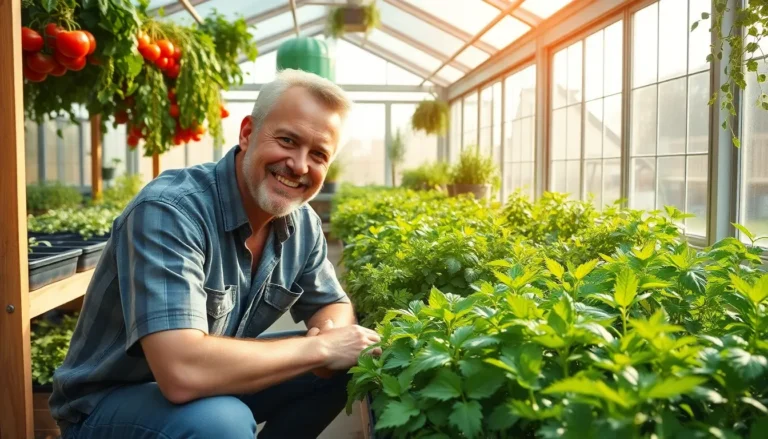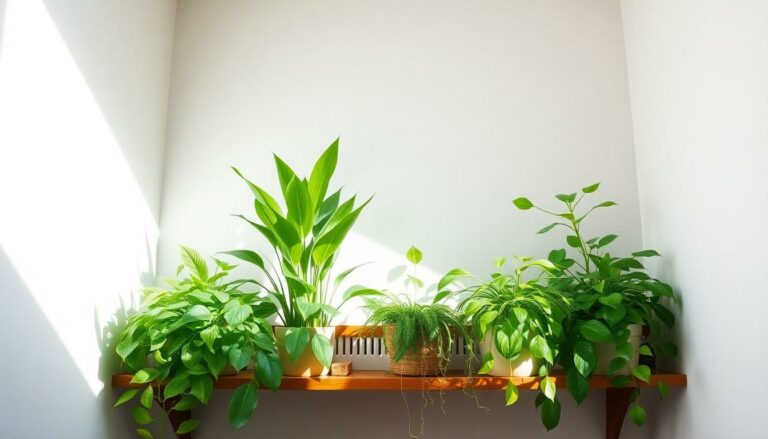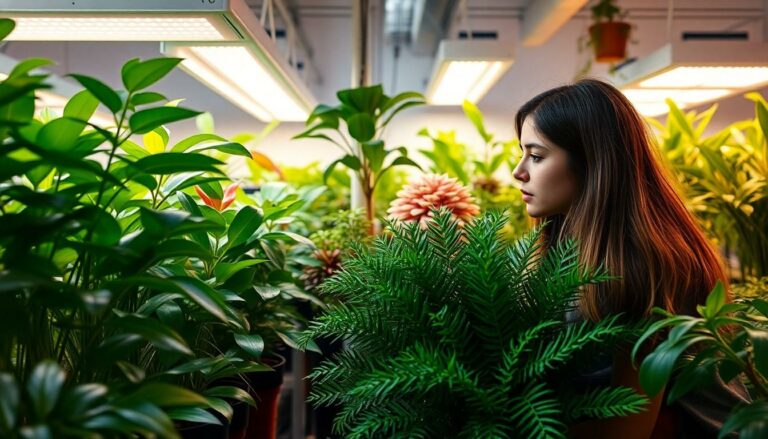The Best Fluffy Pancakes recipe you will fall in love with. Full of tips and tricks to help you make the best pancakes.
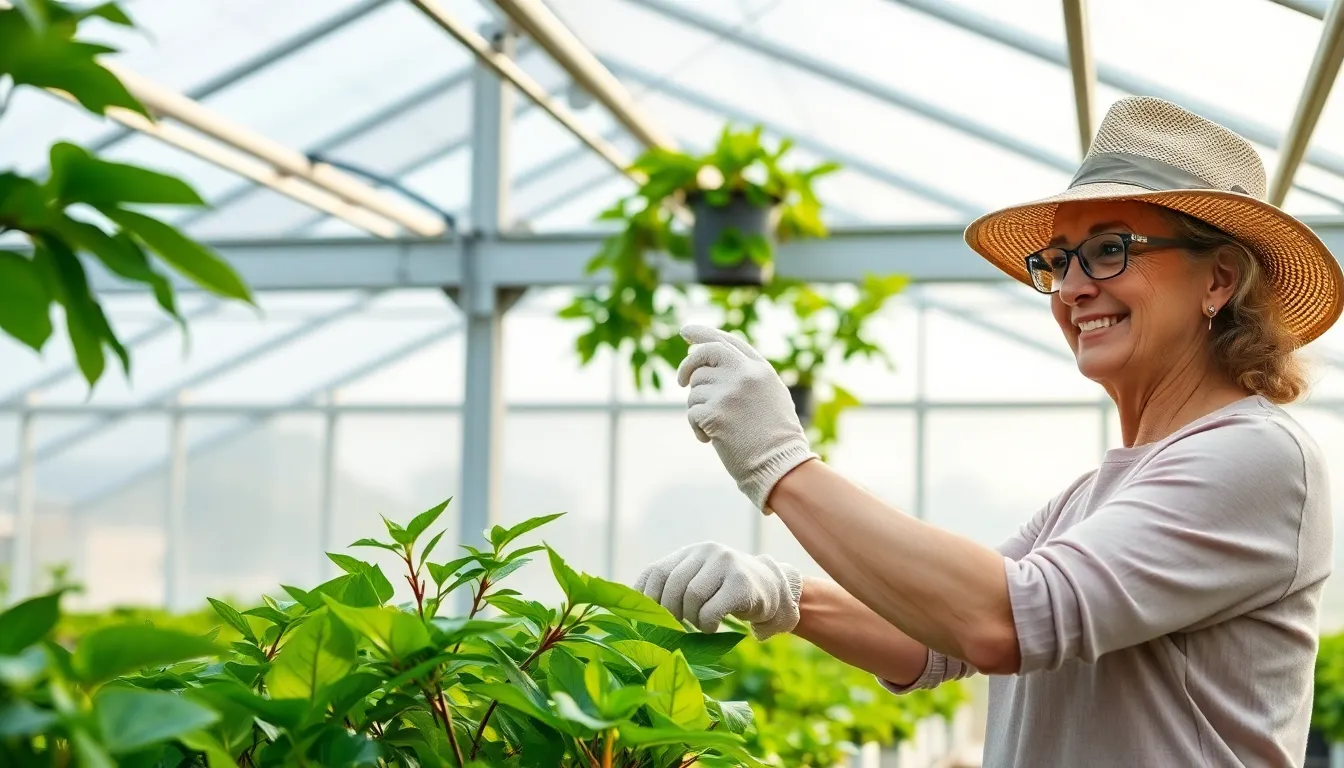
Greenhouse Roofing: The Secret to Thriving Plants and Optimal Growth
Imagine a world where your plants bask in the sun while staying cozy and protected from the elements. That’s the magic of greenhouse roofing! It’s not just a fancy hat for your plants; it’s a game-changer for gardeners and horticulturists alike. With the right roofing, every plant can thrive and flourish, turning your green haven into a botanical paradise.
Greenhouse Roofing
Greenhouse roofing plays a vital role in creating an optimal environment for plants. Proper roofing protects crops from harsh weather while maximizing sunlight exposure.
Importance Of Proper Roofing
Proper roofing significantly influences plant health and productivity. It regulates temperature, ensuring plants receive adequate warmth without overheating. Effective insulation retains moisture within the greenhouse, promoting growth. Roofing also provides protection from harmful UV rays that can damage foliage. Additionally, durable materials withstand extreme weather conditions, reducing maintenance costs over time.
Types Of Greenhouse Roofing Materials
Several materials are commonly used for greenhouse roofing, each offering distinct advantages. Polycarbonate panels are lightweight and provide excellent insulation while blocking UV rays. Glass, although heavier and more fragile, allows maximum light transmission. Plastic film is an economical option, ideal for temporary structures, but may require more frequent replacement. Shade cloth offers versatility, providing cooling effects on hot days without sacrificing sunlight. Choosing the right material depends on factors like climate, intended use, and budget considerations.
Popular Greenhouse Roofing Materials
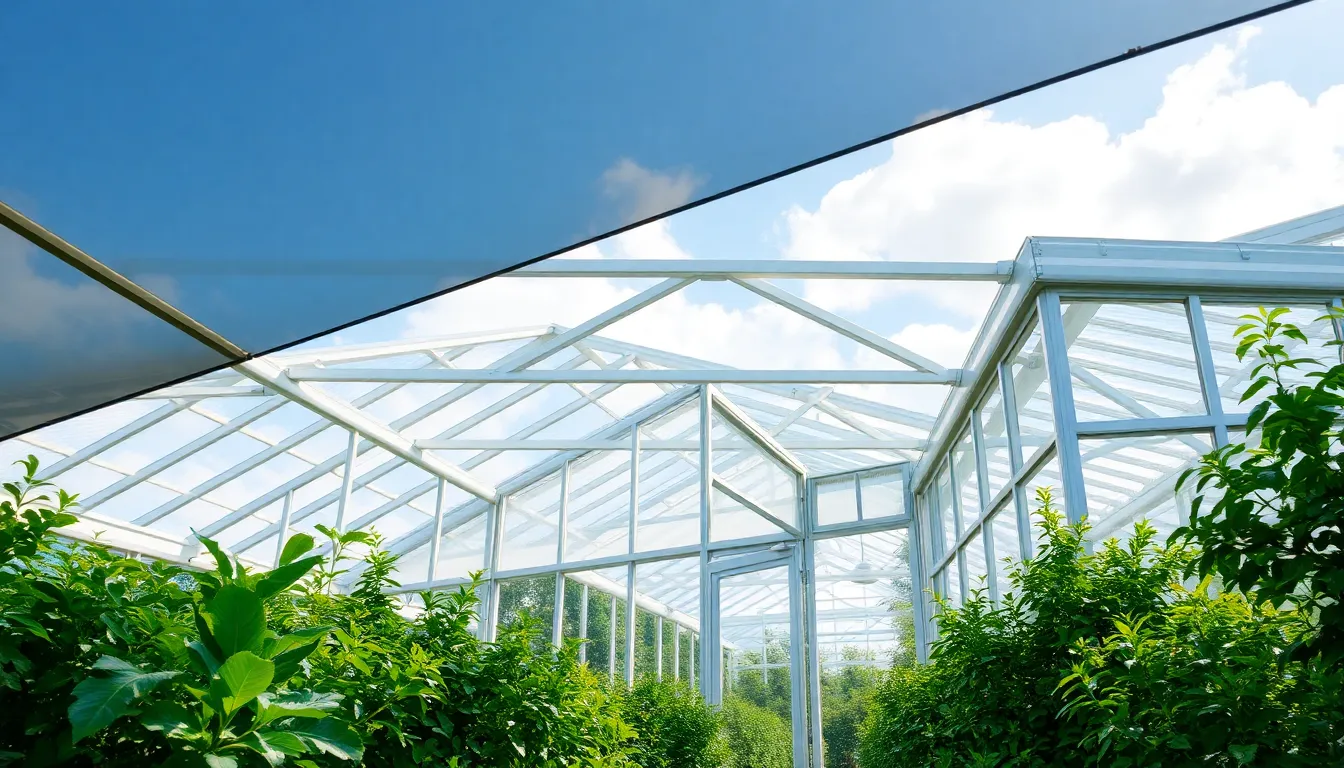
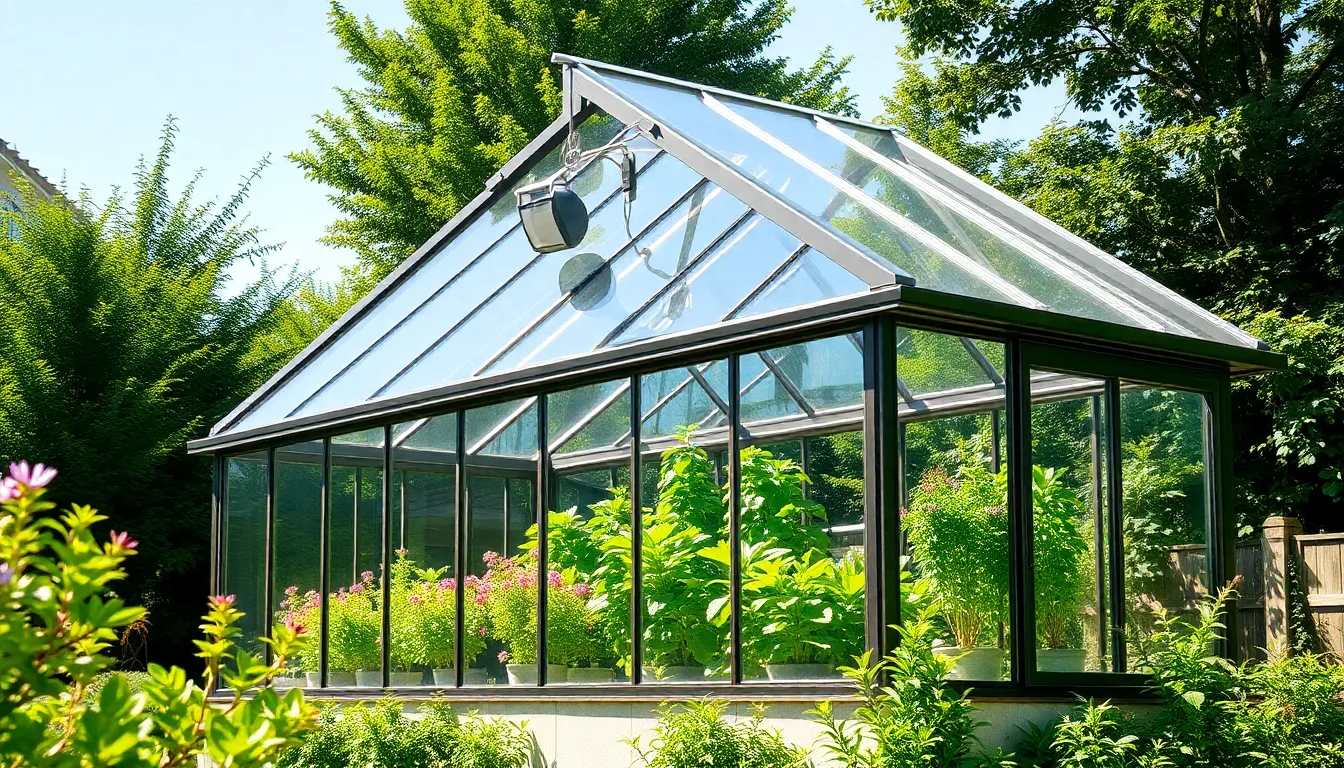
Greenhouse roofing materials significantly affect plant health and growth. Several options exist, each with unique benefits suited for various climates and budgets.
Glass Roofing
Glass roofing provides excellent light transmission, allowing maximum sunlight penetration. It’s highly durable, often lasting for decades with proper care. While effective in retaining heat, it can become expensive due to installation and maintenance costs. Added insulation might be necessary for extreme climates to prevent heat loss during colder months. Many growers appreciate its aesthetic appeal, enhancing the overall greenhouse atmosphere.
Polycarbonate Panels
Polycarbonate panels offer insulation characteristics while being lightweight and shatter-resistant. This material effectively diffuses sunlight, minimizing the risk of scorching plants underneath. A notable advantage includes its UV protection, ensuring a safe environment for sensitive crops. Cost-effective options make it an appealing choice for various greenhouse designs. Additionally, polycarbonate is available in clear or opaque forms, catering to different gardening needs.
Plastic Film
Plastic film is among the most affordable options for greenhouse roofing. It’s lightweight and easy to install, making it suitable for DIY gardeners. With options ranging from single to double layers, growers can enhance insulation levels. However, durability might be a concern, as it typically lasts 3 to 7 years. Regular replacement is necessary to ensure optimal performance and protection against UV degradation.
Metal Roofing
Metal roofing provides exceptional durability and resistance to harsh weather conditions. This roofing option effectively reflects sunlight, which helps maintain cooler temperatures inside. While metal roofs can be more expensive upfront, their longevity and low maintenance requirements make them cost-effective over time. Adequate insulation will be necessary to avoid excess heat buildup in warmer climates. Many prefer this option for its modern appearance and reliable performance.
Factors To Consider When Choosing Greenhouse Roofing
Choosing the right greenhouse roofing requires careful consideration of several factors. By understanding these elements, individuals can enhance the effectiveness of their greenhouse.
Climate Considerations
Climate plays a crucial role in roofing selection. In hot regions, heat-resistant materials like polycarbonate panels excel in minimizing heat buildup. Cooler climates necessitate options that provide better insulation, such as glass, to retain warmth. Additionally, heavy snowfall areas benefit from strong materials that can support snow loads. Assessing local weather patterns ensures optimal performance for the greenhouse.
Light Transmission
Light transmission directly impacts plant growth. Glass excels in providing high light levels, allowing full-spectrum sunlight to nourish plants. Polycarbonate panels also offer substantial light clarity while blocking harmful UV rays. Plastic film, while less durable, provides adequate sunlight for many plants but often requires timely replacement. Prioritizing roofing that maximizes light exposure contributes significantly to a thriving garden.
Insulation Properties
Insulation properties significantly affect energy efficiency within the greenhouse. Glass can maintain internal temperatures but may require supplemental heating in cold months. Polycarbonate panels provide excellent insulation and minimize heat loss while ensuring light penetration. Plastic film offers the least insulation, potentially leading to temperature fluctuations. Evaluating insulation needs aligns with the types of plants being grown, ensuring optimal health and growth.
Maintenance Of Greenhouse Roofing
Maintaining greenhouse roofing is essential for ensuring longevity and optimal plant health. Regular upkeep extends the lifespan of roofing materials and promotes a healthy environment for plant growth.
Cleaning Techniques
Cleaning greenhouse roofing requires specific techniques tailored to the materials used. For glass roofing, using a mild soap solution and a soft cloth effectively removes dirt and grime. Rinsing with clear water prevents residue buildup. Polycarbonate panels benefit from a similar approach, avoiding abrasive cleaners that could scratch the surface. Plastic film needs a gentle touch to avoid tearing; a soft sponge with water works well. Regular maintenance should occur at least twice a year to enhance light transmission and prevent shading from dirt accumulation.
Repairing Damaged Roofs
Repairing damaged roofs involves a straightforward process depending on the material type. Small cracks in glass can be sealed with clear silicone caulk, offering a temporary solution until a full replacement is feasible. For polycarbonate panels, replacing individual sections provides a cost-effective method that maintains structural integrity. Plastic film tears can be mended using repair tape for quick fixes. Monitoring for damage regularly helps identify issues early and prevents further complications. Efficient repairs minimize downtime and protect plants from environmental stressors.

